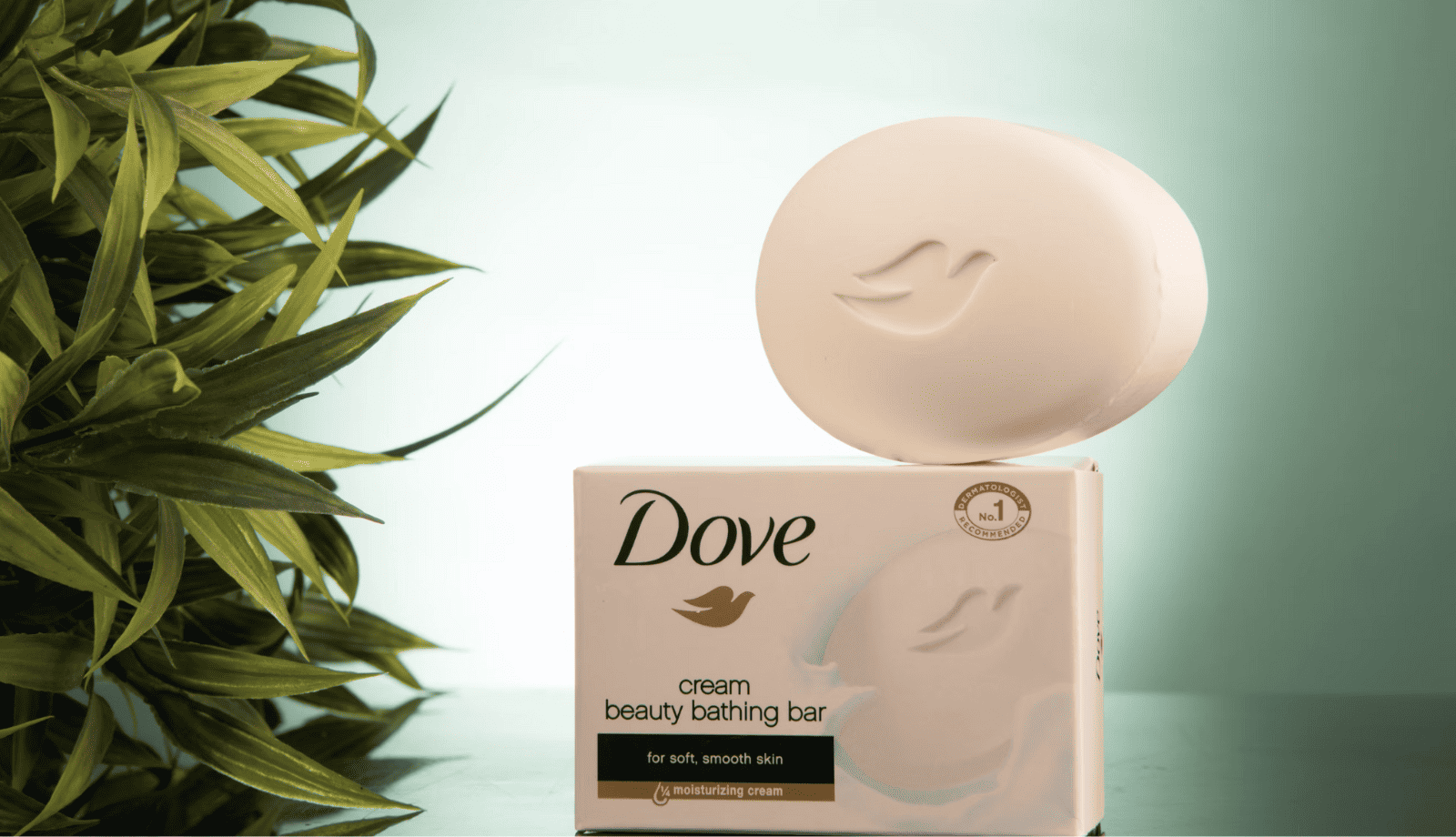
Building a brand with purpose
If there’s one not-so-secret ingredient to building a powerhouse brand, it’s having a purpose. Something that fires you up, drives your business forward; the reason your brand exists. Without one, and if your sole “purpose” is to make money, you’ll likely struggle to get any real consumer buy-in.
There are loads of brands in various different industries that continue to impress us with their dedication to a purpose. Some brands have well and truly stood the test of time, and others are newer kids on the block, pioneering the way forward (think Who Gives a Crap, Koala, and Frank Green). And the one thing they all have in common?
Their purpose beyond revenue.
What is a brand’s purpose?
There’s a really interesting journal article by Colin Mitchell & John Shaw, for Ogilvy and Mather, that explains the evolution of an observation, now known as The Big IdeaLTM. It’s quite an extensive observation, so we’ll discuss it in simple terms.
The observation is that the brands people admire most are built on underpinning ideals that guide brand and company activity. This idea of a brand’s real purpose has been proven to influence business success, particularly in the long term.
The idea is that the ‘ideal’ is the brand’s best self. The Big IdeaLTM, then, is a statement that defines your brand’s point of view, expressing a higher purpose than making money. But it’s the strength and consistent execution of that purpose that gets people to buy in.
Let’s look at the framework for developing your brand’s purpose and examples.
Developing your brand’s purpose
Firstly, look inward. List what makes, or could make your brand great. What do you intrinsically value or stand for? What makes you unique from competitors?
You’ll then need to refine your list, into its simplest form, as a short sentence that defines your brand’s best self.
In our opinion, Dove is one of the frontrunners when it comes to embodying their purpose. Let’s look at how they’ve defined their best self.
For Dove, the brand’s best self is, ‘a gentle alternative to soap that delivers real care’.
Once you’ve determined your brand’s best self, the next step is to identify a wrong in the world that your brand can help make right. List all of the pain points within your industry.
For Dove, they looked to their biggest consumer – women. They uncovered the nasty pressures of advertising toward women, often with the intention to make them feel insecure about themselves enough to buy what it is they need to ‘fix’ it.
So, Dove defined the wrong they set out to right, ‘beauty anxiety in an age of Photoshop’.
Once you’ve defined your brand’s best self and the cultural tension your brand hopes to correct, combine the two, and, voila, you’ve developed your brand purpose. A deeply held conviction on how the world (or some particular part of it) should be, which then forms the foundation of your mission as a brand.
For Dove, ‘the world would be a better place if women were allowed to feel better about their bodies’.
Notice there is no mention of soap or any product, for that matter. This is because the brand strives for a much higher purpose than just the capabilities of its products. Powerful, right?
Now let’s see that brand purpose in action.
How to use a brand purpose
It’s been statistically proven that having a solid brand purpose is linked to greater brand consideration, positive opinions, and salience, which are then associated with business profitability and success. In simple terms, stick to your promise, and your brand will be rewarded.
In saying that, a strong brand purpose doesn’t eventuate in 10 minutes. It’s an exercise that should be well thought out and executed consistently, throughout everything you do, to give your brand the best shot at long-term success.
Your brand purpose should be built on real cultural truths that truly matter to you and to your audience. It should be emotional rather than functional, supported by in-depth research, and brought to life with texture and dimension in a well-executed brand strategy and identity.
It should feel authentic and aspirational – but achievable – and it should be referred to at every single decision-making stage in your company’s future.
Ready to build a brand for the future? Let’s chat.
